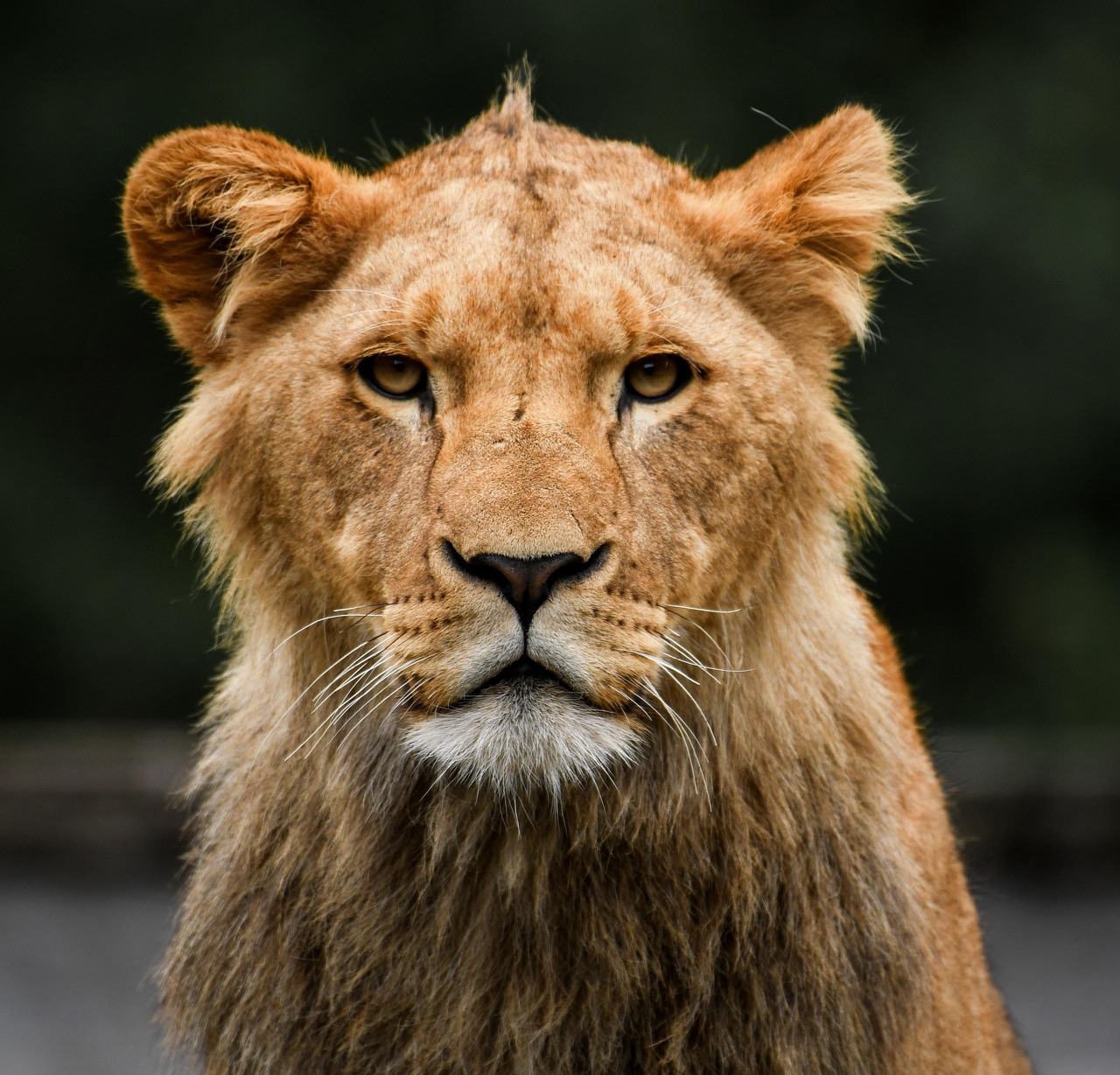Cats often stare at their owners as a form of communication. This behavior can indicate curiosity, affection, or a desire for attention. Understanding why your cat stares can deepen your bond and enhance your relationship.
Understanding Cat Behavior
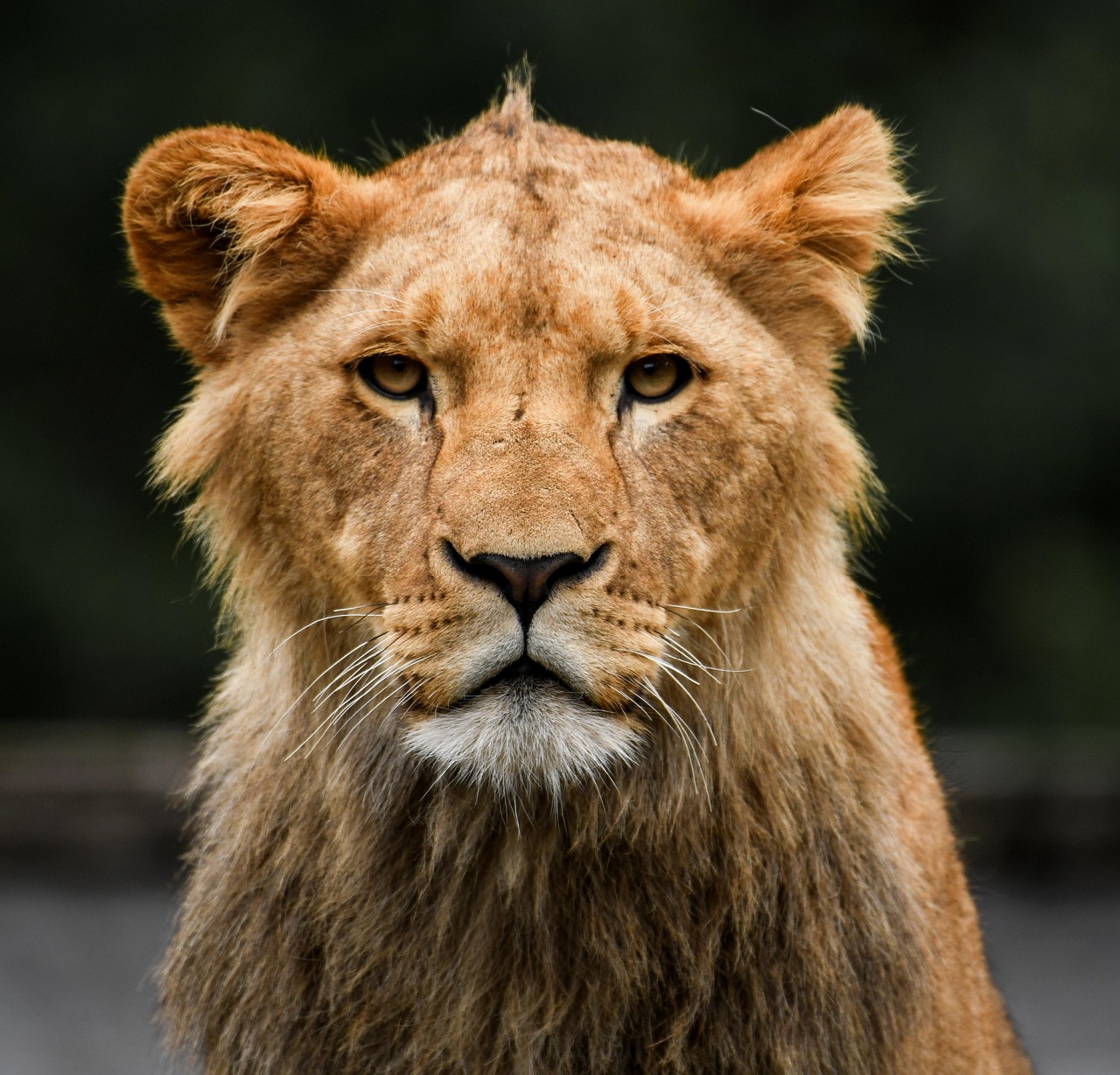
Cats are fascinating creatures with unique behaviors that often puzzle their owners. One of the most common, yet misunderstood, behaviors is staring. While it may seem odd for your feline friend to fixate on you, there are several reasons behind this behavior. Understanding these motivations can help you respond appropriately and strengthen your bond with your pet.
Cats communicate in various ways, including vocalizations, body language, and eye contact. Staring is a significant part of their non-verbal communication. Unlike humans, who might avoid prolonged eye contact in social situations, cats often use it to convey messages. In the wild, a direct stare can signal aggression or dominance. However, in domestic settings, the meaning changes significantly.
Curiosity and Observation
Cats are naturally curious animals. They love to observe their environment and the behavior of those around them. When your cat stares at you, it may simply be trying to understand what you are doing. This behavior is especially common when you are engaged in activities that are new or interesting to them.
For example, if you are cooking, cleaning, or working on a project, your cat might be watching intently. This observation allows them to learn more about their surroundings and the humans they live with. In this way, staring serves as a form of mental engagement for your cat.
Affection and Bonding
Another reason cats stare is to show affection. When a cat gazes at you softly, with their eyes slightly squinted, it is often a sign of love and trust. This behavior is sometimes referred to as “cat kisses.” You can reciprocate this affection by slowly blinking back at your cat. This non-threatening gesture can strengthen the bond between you and your pet.
Research has shown that mutual eye contact can lead to increased levels of oxytocin, often referred to as the “love hormone.” This chemical promotes bonding and social interaction. Therefore, when your cat stares at you with a relaxed demeanor, it could signify a deep connection.
Seeking Attention
Cats are also known for their ability to get what they want. If your cat stares at you intently, they may be trying to get your attention. This behavior often occurs during times when they want to play, eat, or receive affection. Cats are clever creatures and quickly learn which actions bring about desired responses from their owners.
- If your cat is staring while you’re eating, they might want a taste of your food.
- When they fixate on you while you’re busy, it could indicate they want you to stop and play.
- A prolonged stare may signify that your cat is feeling ignored and is seeking interaction.
Instinctual Behavior
Staring can also stem from instinctual behaviors inherited from their ancestors. In the wild, cats use eye contact as a way to assess potential threats or prey. When your cat stares at you, they may be assessing your mood and energy levels. This instinct helps them navigate their environment safely.
The Science Behind Cat Staring
Understanding the psychology of cats can further enhance our knowledge of why they stare. Scientific studies have explored feline behavior extensively. Some key findings include:
| Study Focus | Findings |
|---|---|
| Communication Styles | Cats use eye contact differently than humans, interpreting it as a sign of trust. |
| Bonding and Affection | Mutual eye contact increases oxytocin levels in both cats and humans. |
| Behavioral Assessment | Cats assess their environment through observation and eye contact. |
These studies highlight the complexity of feline behavior and the importance of understanding their communication methods. By recognizing why your cat stares at you, you can create a more harmonious living environment for both of you.
Different Types of Cat Stares
Understanding the different types of stares your cat may give can further clarify their intentions. Cats exhibit various gazes based on their emotional state and the context of the situation. Here are some common types of cat stares:
The Soft Gaze
A soft gaze is characterized by relaxed eyelids and a gentle expression. When your cat looks at you this way, it usually signifies comfort and affection. This type of stare is often accompanied by slow blinks, which help to reinforce trust between you and your feline friend.
The Intense Stare
An intense stare, where your cat’s eyes are wide and fixed on you, can indicate curiosity or heightened alertness. This may happen when they are trying to assess a situation or when something catches their attention. For instance, if you are playing with a toy or making unusual sounds, your cat’s intense stare reflects their interest and engagement.
The Sideways Glance
A sideways glance can suggest that your cat is feeling wary or uncertain about their surroundings. They may be observing something that makes them feel uneasy, such as unfamiliar noises or movements. In this case, it is essential to create a safe environment for your cat, allowing them to retreat if they feel threatened.
How to Respond to Your Cat’s Staring
Knowing how to respond to your cat’s stares can enhance your relationship. Here are some ways to interact with your cat when you notice them staring:
- Engage with Play: If your cat is staring during playtime, grab a toy and join in. Interactive play can stimulate their mind and strengthen your bond.
- Reciprocate with Slow Blinks: Return their soft gaze with slow blinks. This gesture communicates trust and affection.
- Observe Their Behavior: Pay attention to what they are focused on. If there’s something intriguing in the environment, you may want to explore it together.
- Provide Attention: If your cat stares while you’re busy, take a moment to acknowledge them. A few gentle strokes or words can reassure them of your presence.
The Role of Eye Contact in Feline Communication
Eye contact plays a crucial role in how cats communicate with each other and humans. Unlike dogs, who may perceive direct eye contact as a challenge, cats often use eye contact as a means of expressing emotions. Understanding this can help you interpret your cat’s body language more effectively.
Dominance vs. Submission
In the animal kingdom, eye contact can denote dominance or submission. Cats may engage in staring contests to establish hierarchy among themselves. When one cat stares at another, it can signal dominance, while the other may look away to show submission. Recognizing these dynamics can help you understand interactions if you have multiple cats at home.
Social Interaction
Felines also use eye contact as a form of social interaction. In multi-cat households, cats will often engage in staring as part of their social behavior. They may stare at each other to gauge the mood or intentions of their companions. This behavior helps maintain social bonds and ensures a harmonious living environment.
When Staring Becomes an Issue
While staring is generally a normal behavior in cats, there are times when it may indicate underlying problems. If your cat’s staring seems excessive or occurs alongside other concerning behaviors, it could be a sign of stress or anxiety. Here are some signs to watch for:
- Aggression: If your cat’s staring is coupled with hissing or growling, they may feel threatened.
- Overly Fixated Behavior: A cat that stares at walls or objects for extended periods might be exhibiting obsessive behavior.
- Changes in Eating or Grooming Habits: If the staring coincides with changes in appetite or grooming routines, consult a veterinarian.
If you notice any of these signs, it’s essential to evaluate your cat’s environment and consider consulting with a veterinarian or animal behaviorist for guidance.
Cultural P
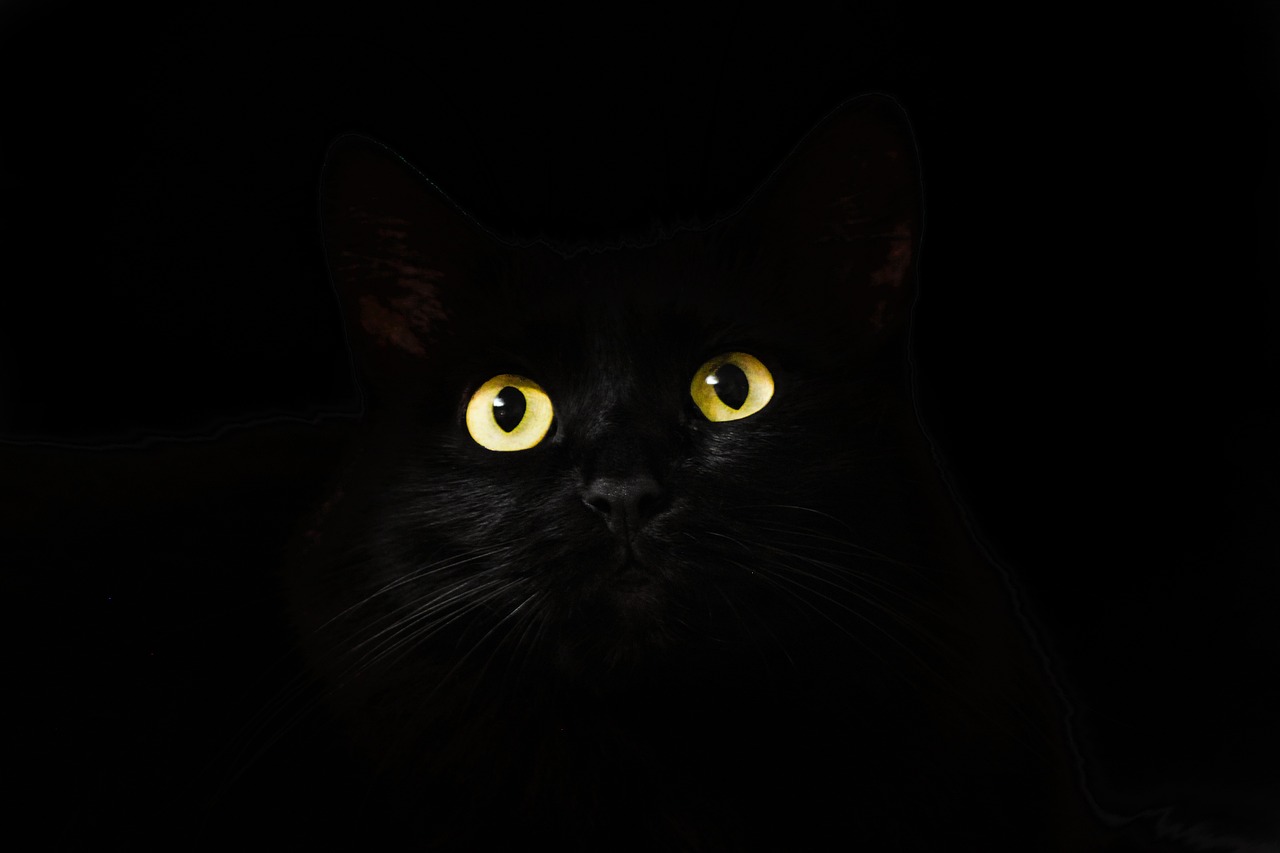
erspectives on Cat Staring
Different cultures view cats and their behaviors in various ways. Some cultures believe that cats possess mystical qualities, while others consider them merely pets. The perception of a cat’s stare can change based on cultural beliefs:
- In Ancient Egypt: Cats were revered and considered sacred animals, often associated with protection and fertility.
- In Japanese Folklore: The “Maneki-neko,” or beckoning cat, symbolizes good fortune and is often depicted with an inviting posture.
- Western Beliefs: In many Western cultures, cats are seen as independent creatures that provide companionship without the need for constant attention.
Understanding these cultural perspectives can enrich our appreciation for cats and their unique behaviors, including their captivating stares.
The Impact of Environment on Cat Staring
The environ
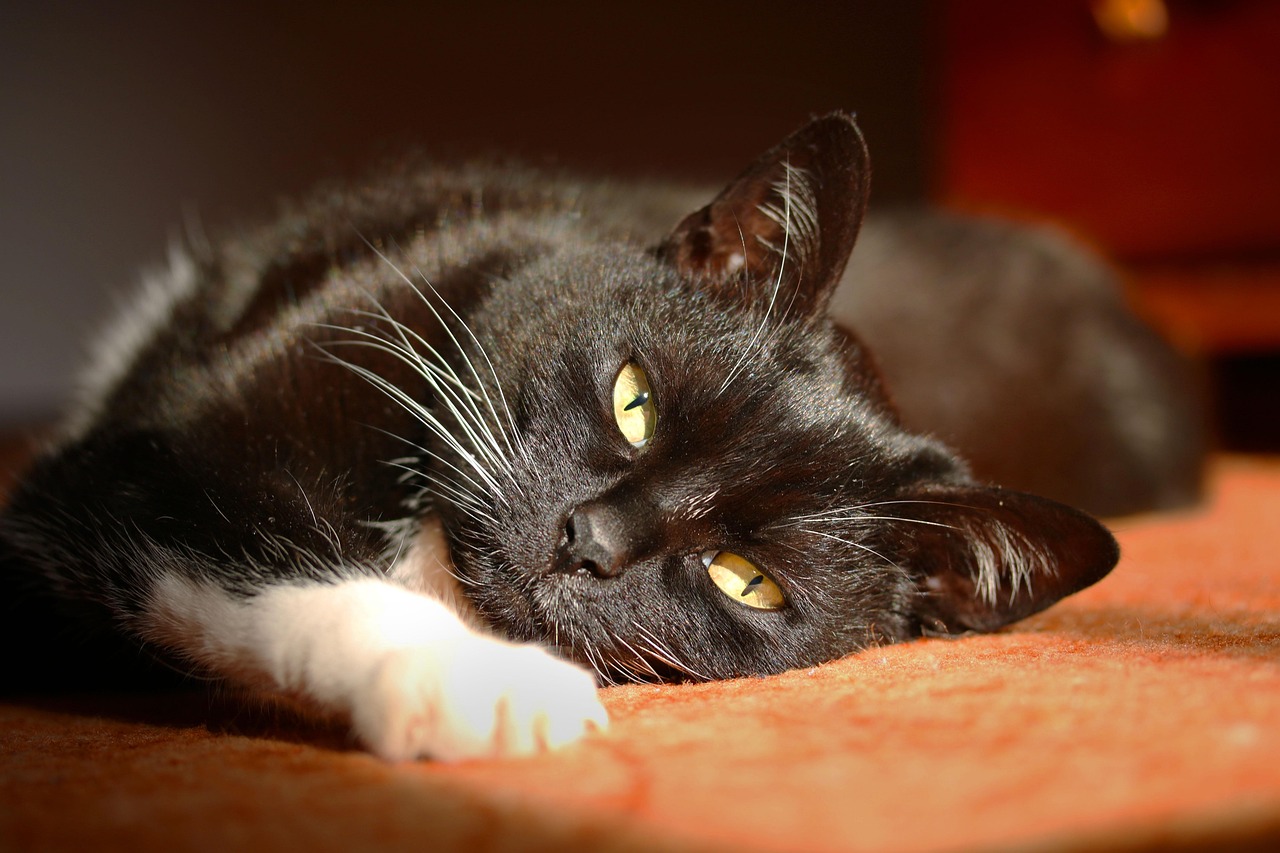
ment plays a significant role in your cat’s behavior, including their staring habits. Factors such as the layout of your home, the presence of other pets, and even outdoor stimuli can influence how often and why your cat stares at you or objects around them.
Indoor Environment
Indoor cats often engage in staring as a way to interact with their surroundings. A well-stimulated environment can reduce boredom and encourage healthy behaviors. Here are some elements of an indoor environment that can impact your cat’s staring:
- Vertical Spaces: Cats love to climb and observe from high points. Providing cat trees or shelves can encourage them to explore and watch you from above, resulting in more frequent staring.
- Windows: Cats enjoy watching birds, squirrels, and passing vehicles. A window perch can provide endless entertainment and lead to focused stares as they watch the outside world.
- Interactive Toys: Toys that mimic prey movements can captivate your cat’s attention. When they are engaged with these toys, their staring may become more intense as they stalk and pounce.
Outdoor Influences
If your cat has access to the outdoors, their staring habits may shift significantly. Outdoor environments offer a plethora of stimuli that can affect their behavior:
- Natural Predatory Instincts: Outdoor cats often employ their keen eyesight to observe potential prey. This heightened state of alertness can lead to prolonged stares at birds or insects.
- Social Interactions: Cats may also stare at other animals or humans outside. This behavior can reflect curiosity or territorial instincts as they assess whether these individuals pose a threat.
- Environmental Changes: Changes in weather, new scents, and sounds can provoke curiosity. Your cat might stare at unfamiliar objects or movements, trying to make sense of the situation.
Understanding Your Cat’s Body Language
A cat’s body language is an essential component of understanding their staring behavior. Observing how your cat holds its body while staring can provide additional clues about their feelings and intentions.
The Ears
The position of your cat’s ears can indicate their mood. Here are some ear positions to watch for:
- Ears Forward: When your cat’s ears are pointed forward while staring, it generally means they are curious or excited about something.
- Ears Back: If your cat’s ears are flattened against their head, it could indicate fear or aggression. In this case, be cautious about initiating interaction.
The Tail
A cat’s tail position also conveys important information:
- Tail Up: A tail held high typically indicates confidence and happiness. If your cat stares at you with this posture, they are likely feeling friendly.
- Tail Low or Tucked: A lowered or tucked tail suggests insecurity or submission. If your cat is staring with this tail position, it may feel threatened.
Health Factors Influencing Staring Behavior
Sometimes, unusual staring behaviors can be linked to health issues. It’s essential to monitor changes in your cat’s behavior and consult a veterinarian if necessary. Here are some health factors that might affect how your cat stares:
Sensory Issues
Cats that experience vision problems may stare more often as they try to compensate for limited sight. Common signs of vision issues include:
- Increased blinking or squinting.
- Difficulty navigating familiar spaces.
- Staring at nothing or appearing disoriented.
Anxiety and Stress
Cats that are anxious or stressed may exhibit excessive staring as a coping mechanism. Signs of anxiety may include:
- Changes in appetite or grooming habits.
- Aggressive behaviors towards other pets or humans.
- Hiding or avoiding social interaction.
If you suspect that anxiety is affecting your cat’s behavior, creating a calming environment with safe spaces and engaging activities can help alleviate stress.
The Role of Routine in Cat Behavior
Cats thrive on routine, and any changes to their daily schedule can influence how they behave, including their tendency to stare. Here’s how routine impacts your cat:
Feeding Schedule
Cats often associate specific times with actions like feeding or play. If you change their feeding schedule, they may stare at you more frequently as they seek clarification on when they’re getting their next meal.
Playtime Routines
Regular play sessions contribute to a stable routine that keeps your cat mentally stimulated. If you skip playtime or alter the schedule, your cat may stare at you as a way of prompting you to engage them in their favorite activities.
Understanding the Connection Between Staring and Cat Personalities
Just like humans, cats have unique personalities that can influence their behavior, including how they interact with you through staring. Understanding your cat’s personality type can help you interpret their stares more effectively.
Playful Cats
Playful cats are often very curious and will stare intently at anything that moves. If you have a playful cat, expect frequent staring sessions, especially when you are engaged in activities that pique their interest. This behavior reflects their excitement and desire to interact.
Shy or Timid Cats
Shy or timid cats may stare at you from a distance, using their gaze to assess your mood. They usually prefer not to engage directly unless they feel safe. If your shy cat is staring at you, it could signify trust, indicating that they feel comfortable enough to observe you closely without approaching.
Confident Cats
Confident cats are often more assertive in their behavior. They may engage in staring contests, not just with you but with other pets as well. This behavior can indicate their self-assured nature and desire to establish their presence within the household.
Fostering a Healthy Relationship Through Understanding
Building a st
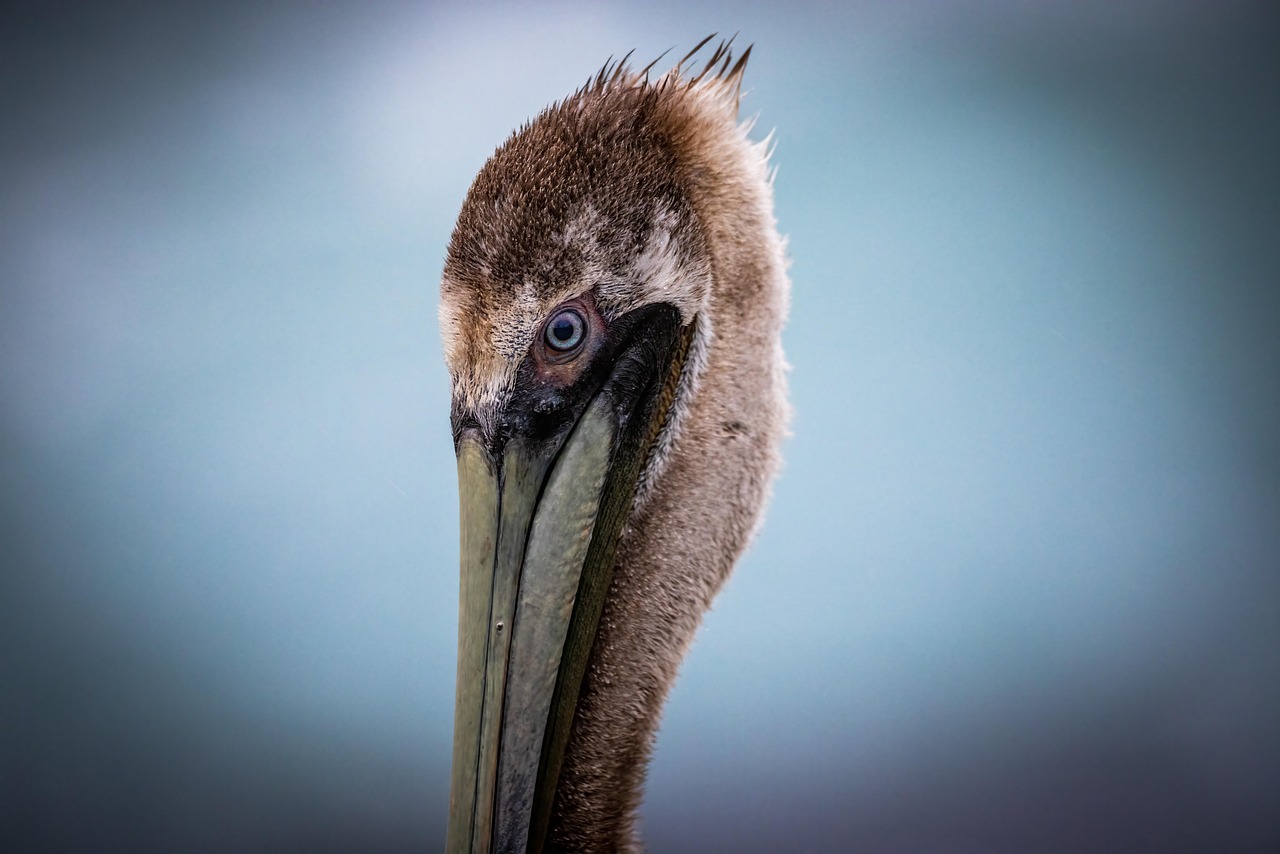
rong relationship with your cat requires understanding and communication. Recognizing the reasons behind your cat’s staring can improve your interactions and enhance your bond. Here are some strategies for fostering this connection:
- Spend Quality Time: Engage in activities that both you and your cat enjoy. Whether through play, grooming, or simply relaxing together, shared experiences strengthen your bond.
- Observe Behavior: Pay attention to your cat’s body language and responses during staring incidents. Understanding their cues will enable you to respond appropriately.
- Create a Safe Environment: Ensure your home has safe spaces for your cat to retreat when they feel overwhelmed. A comfortable environment fosters relaxation and trust.
- Maintain Routine: Sticking to regular feeding and play schedules can provide a sense of security for your cat, reducing anxiety-driven staring.
Final Thoughts
Understanding why your cat stares at you involves recognizing the various motivations behind this behavior. From curiosity and affection to the influence of their environment and personal traits, each stare tells a unique story. By observing and interpreting these behaviors, you can create a deeper bond with your feline friend.
Ultimately, the connection between you and your cat is built on mutual understanding and respect for each other’s needs. As you learn more about your cat’s body language and motivations, you’ll find new ways to engage with them, leading to a happier and more fulfilling relationship.
Whether your cat’s stare is an expression of love or a request for attention, embracing this aspect of their behavior will enrich both your lives. Remember, each stare is not just a look; it’s a window into your cat’s world, filled with emotions and messages waiting to be understood.

